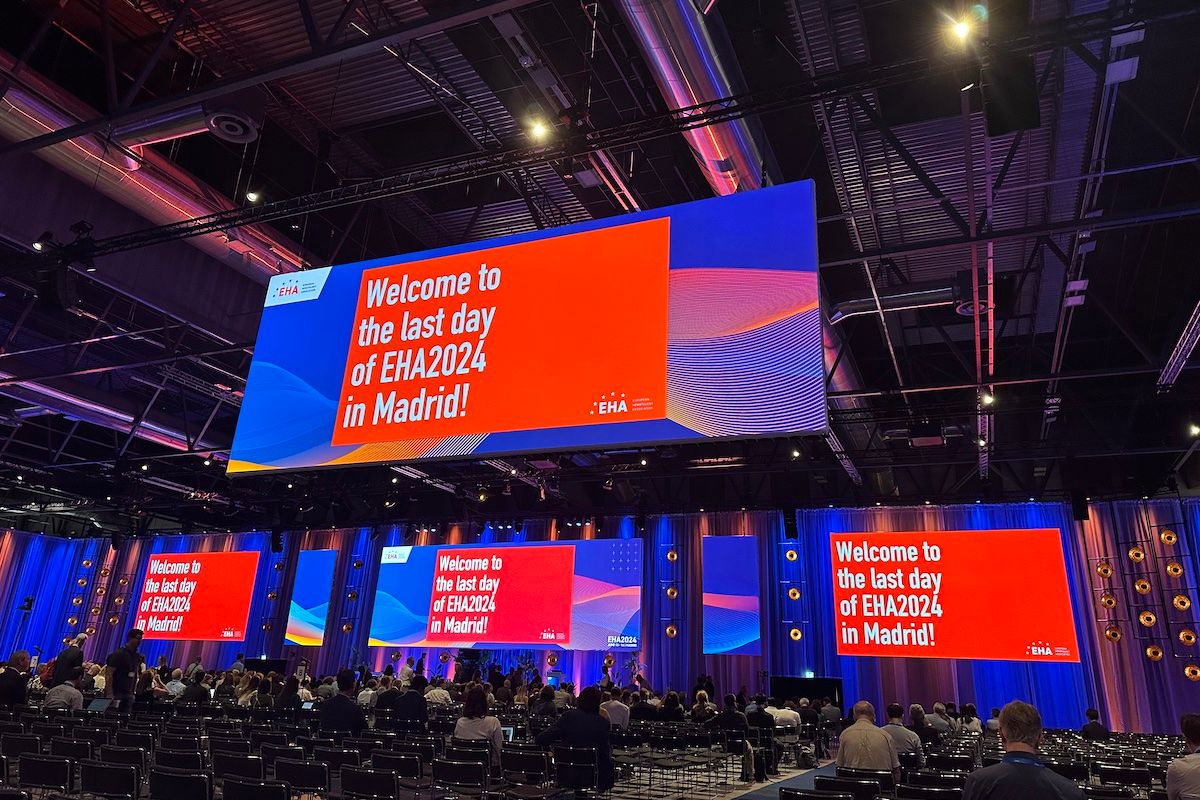Article
Study Explores Real-World BTK Inhibitor Use Patterns in Mantle Cell Lymphoma
The study was conducted to provide insight into real-world Bruton tyrosine kinase (BTK) inhibitor treatment patterns in mantle cell lymphoma, as current data are limited.
A real-world analysis of patients with mantle cell lymphoma (MCL) treated with Bruton tyrosine kinase (BTK) inhibitors at community oncology practices in the United States suggests treatment duration and adherence was higher among patients receiving zanubrutinib compared with acalabrutinib or ibrutinib.
The findings were published in an issue supplement in the Journal of Clinical Oncology, a publication of the American Society of Clinical Oncology (ASCO), featuring abstracts from the ASCO Annual Meeting. The study was conducted to provide insight into real-world BTK inhibitor treatment patterns in MCL, as current data are limited.
The retrospective, observational study included a total of 402 patients with MCL treated with BTK inhibitors according to electronic medical record (EMR) data from 18 community oncology practices. EMR data included medical history and at least 6 months of follow-up, with index date defined by the use of any of the 3 BTK inhibitors included in the study. EMR and claims data through the end of follow-up were used to calculate treatment duration.
Among the overall population, 44 patients were treated with zanubrutinib, 161 acalabrutinib, and 197 ibrutinib. The median (range) patient age was 75 (56-89) years in the zanubrutinib group, 76 (36-89) years in the acalabrutinib group, and 72 (36-89) years in the ibrutinib group. Aside from age, the 3 groups were similar in terms of baseline characteristics.
The researchers found that half of the patients in the zanubrutinib group had received other BTK inhibitors in previous lines of therapy. Further, 31.8% switched to zanubrutinib from other BTK inhibitors within 60 days of treatment initiation. Among those treated with acalabrutinib, 29% were treated with other BTK inhibitors in prior lines of therapy.
Mean follow-up periods were 493 days in the zanubrutinib group, 701 days in the acalabrutinib group, and 746 days in the ibrutinib group. The authors noted that the zanubrutinib group’s shorter follow-up time was due to a later approval date vs the other therapies.
Despite a shorter follow-up period, patients who received zanubrutinib had longer median treatment duration than both the acalabrutinib and ibrutinib groups (292 days, 259 days, and 149 days, respectively; P < .01).
“Real-world EMR data from US community-based oncology practices suggested significantly longer treatment duration and adherence in MCL patients treated with zanubrutinib compared with acalabrutinib or ibrutinib,” the authors concluded. “Further analyses on long-term utilization are needed upon data maturation.”
Reference
Shah BD, Xue M, Yang K, Liu S, Tang B. Real-world treatment patterns of Bruton tyrosine kinase inhibitors (BTKi) in patients with mantle cell lymphoma (MCL) in community oncology practices in the United States (US). J Clin Oncol. 2023;41(suppl 16):e19525. doi:10.1200/JCO.2023.41.16_suppl.e19525




